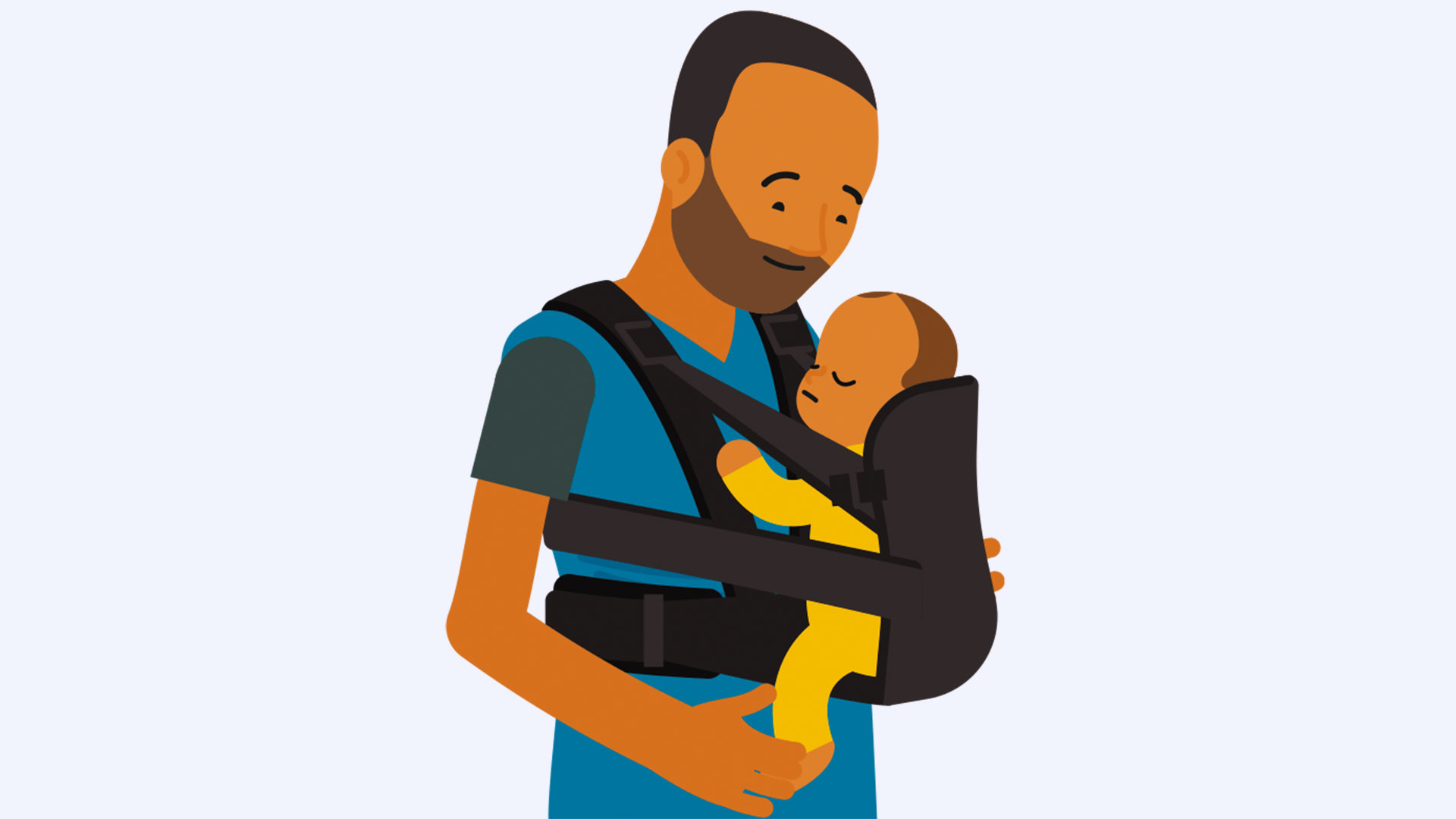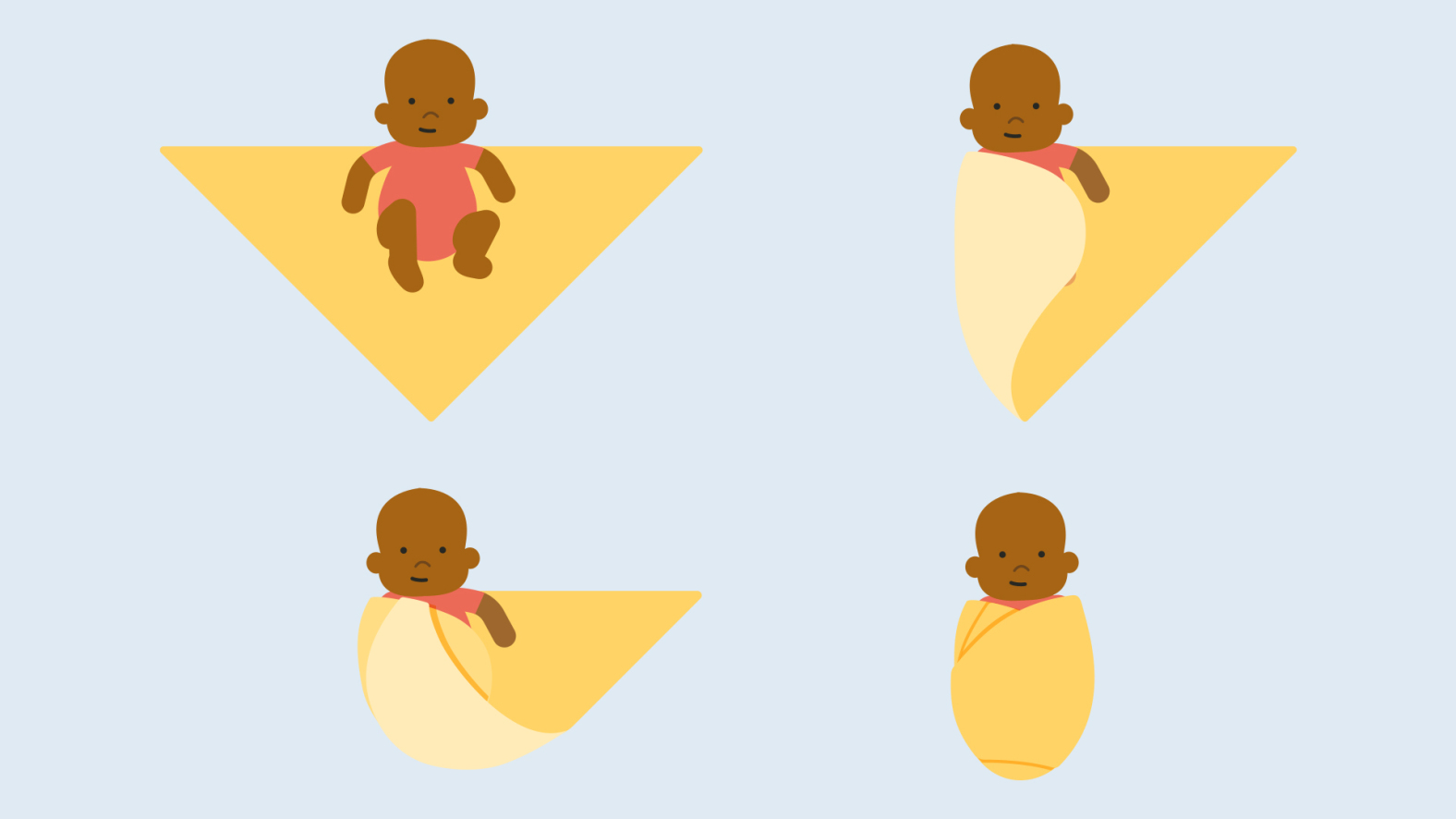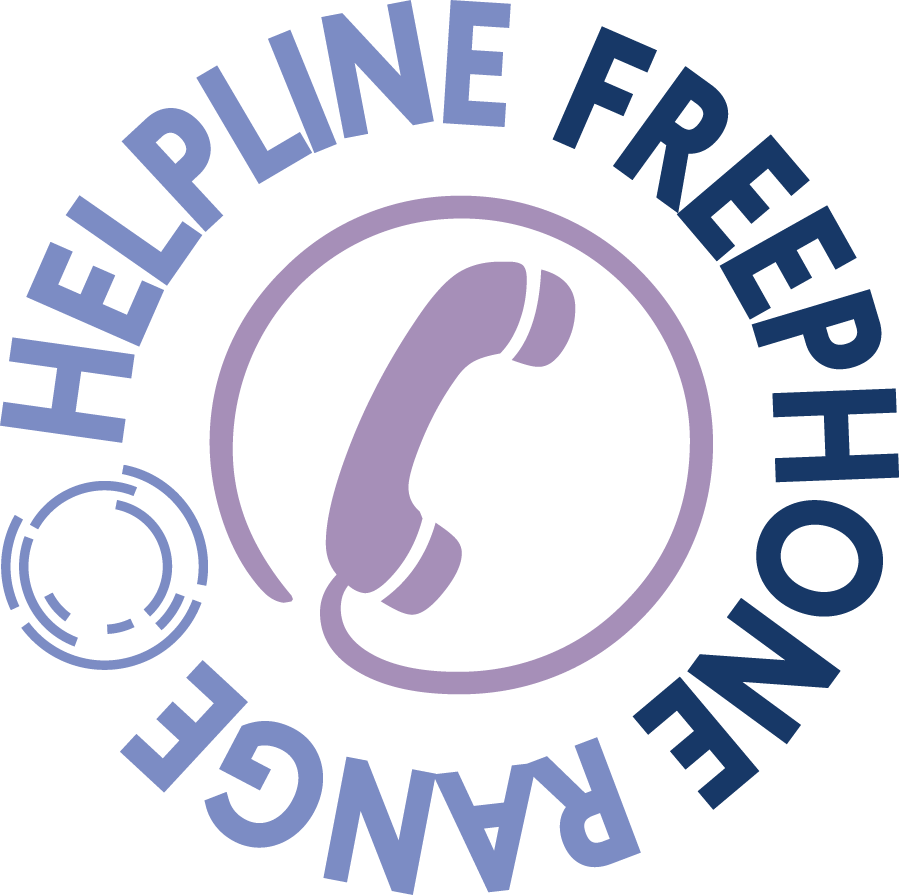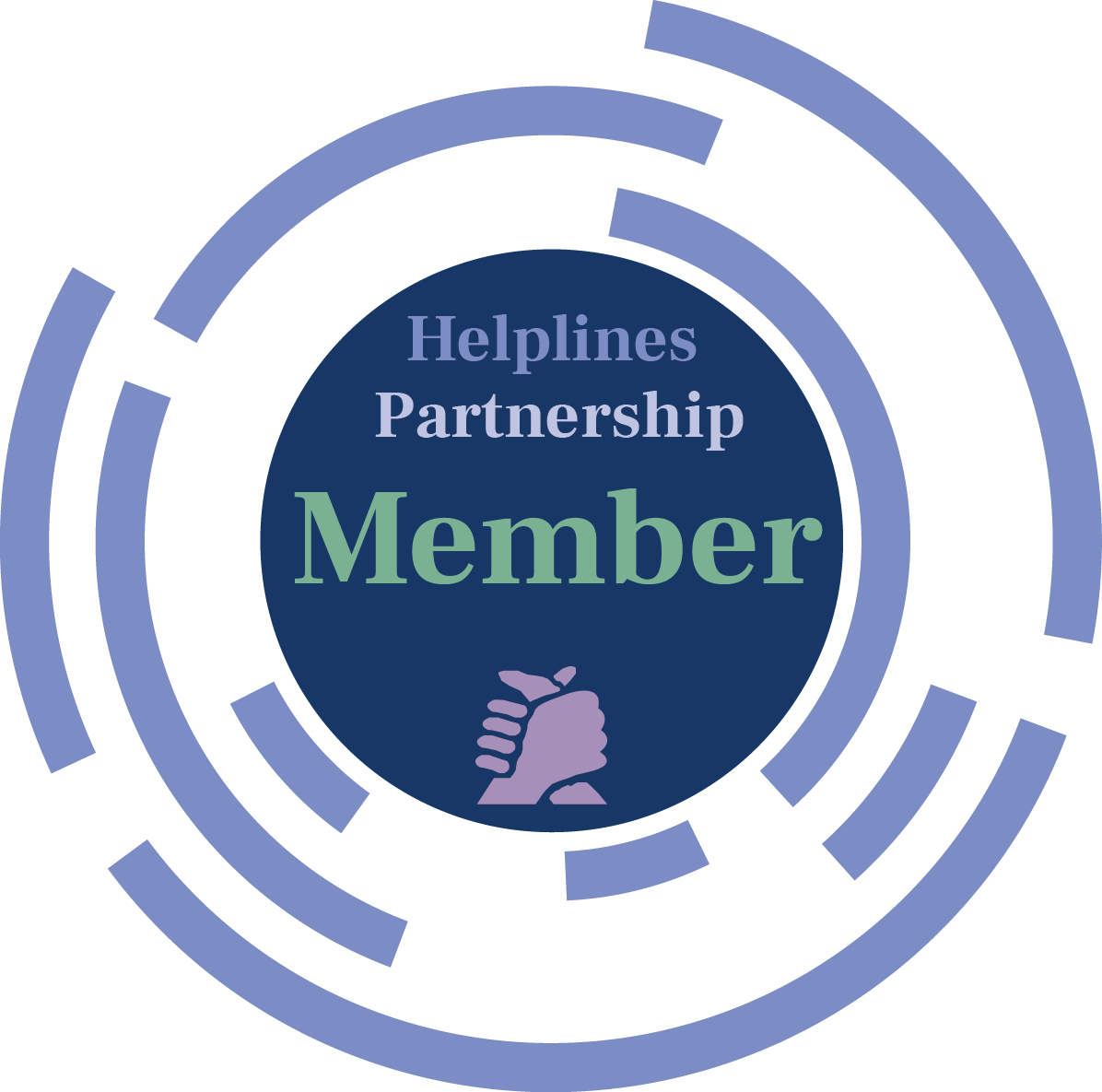
There are some important guidelines to follow if you would like to swaddle your baby or use a sling. We would encourage all parents and carers to familiarise themselves with this safety guidance so that the chance of SIDS is reduced.
I’m here for information about:
How to swaddle a baby
Sleep baby on their back
Never put a swaddled baby to sleep on their front or side. The safest sleeping position for a baby (swaddled or not) is on their back.
Use thin swaddling materials
Use materials such as a thin muslin or thin cot sheet, and never place any additional bedding over a swaddled baby as they could cause them to overheat.
Do not use blankets to swaddle a baby.
Use minimum amount of clothing necessary
Ensure baby is not overdressed under the swaddle and has their head uncovered. Babies do not need hats indoors unless advised by a medical professional, as it can cause them to overheat.
Check your baby’s temperature to ensure they don’t t get too hot (the back of the neck is a good spot for this). If their skin is hot or sweaty, remove one or more layers of bedclothes.
It is also important to keep an eye on how warm or cold the room is. 16-20°C is a comfortable room temperature for sleeping babies so we would advise you to use a room thermometer in the rooms where your baby sleeps.
Swaddle securely
To reduce the risk of your baby’s face getting covered by loose material, they should be swaddled securely so the swaddle can’t come apart or undone. This is because loose, soft bedding can accidentally get pulled over a baby’s head, causing overheating or a breathing obstruction, increasing the chance of SIDS.
However, swaddles should not be applied very tightly around the hips as this is a strongly associated with developmental dysplasia of the hip.
How to swaddle a baby: a diagram

Never swaddle a baby when:
- Bed-sharing
- Your baby has an infection or fever
When to stop swaddling
Once a baby shows signs of rolling, stop swaddling them with their arms wrapped inside the material. This is because your little one may roll onto their tummy and not be able to roll back again without the use of their arms.
The safest sleeping position for a baby is on their back, so we don’t want to risk them getting stuck on their tummy.
Swaddling products
There are various swaddle products on the market such as swaddle blankets, swaddle sacks and swaddle bags. We can’t comment on their safety but parents/carers need to ensure the product meets necessary safety standards and fits their baby well.
Always follow the individual product’s guidance. (For example, some swaddle manufacturers recommend their product is based on a baby’s weight rather than age.)
We do not advise on a specific tog rating for swaddle products. However, we advise parents/carers to use a lower tog rating to reduce the chance of baby overheating.
How to use a baby sling
Slings and baby-carriers
Slings and baby-carriers are useful for holding a baby hands-free, however they are not always used safely. Although there is no reliable evidence that slings are directly associated with SIDS, there have been a number of deaths worldwide where infants have suffered a fatal accident from the use of a sling. These accidents are particularly due to suffocation, and particularly in young infants.
The risk appears to be greatest when a baby’s airway is obstructed either by their chin resting on their chest or their mouth and nose being covered by a parent’s skin or clothing.
The safest baby carrier to use will keep the infant firmly in an upright position where a parent can always see their baby’s face, and ensure their airways are free. Complete guidance is available by visiting The Royal Society for the Prevention of Accidents.
The Consortium of UK Sling Manufacturers and Retailers provides the following advice to baby sling wearers: keep your baby close and keep your baby safe. When wearing a sling or baby carrier, keep in mind the TICKS guidelines:
- Tight
- In view at all times
- Close enough to kiss
- Keep chin off the chest
- Supported back
This is to ensure that your baby’s airway is kept clear, and so you can check that they are able to breathe easily and are not overheating.

